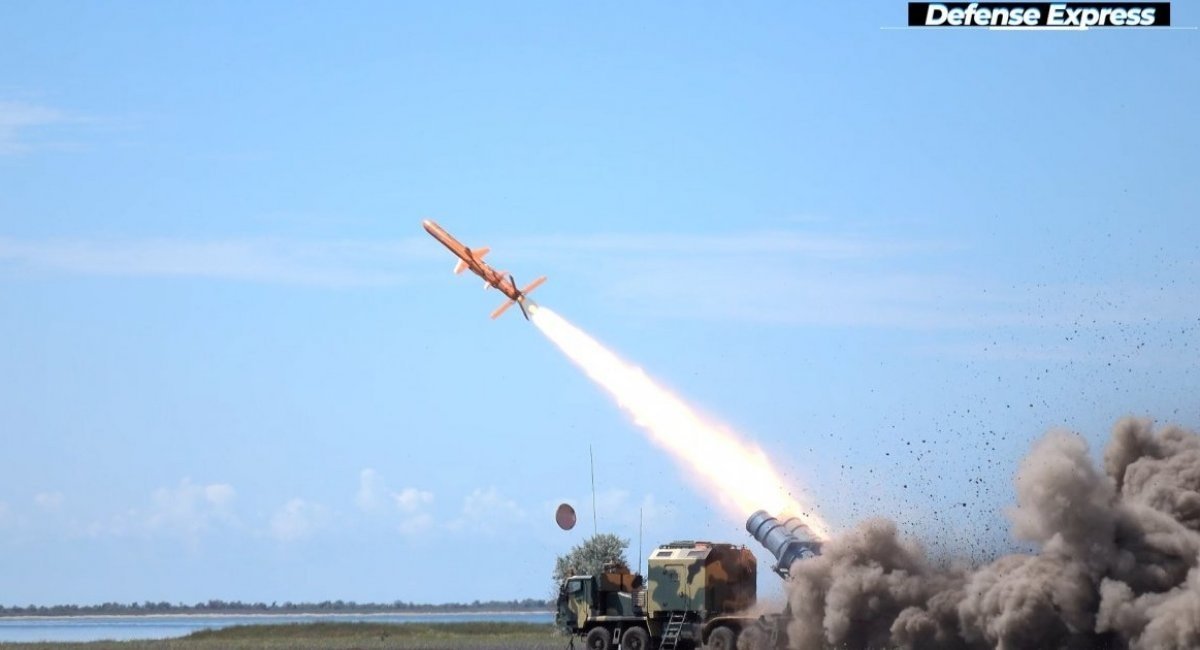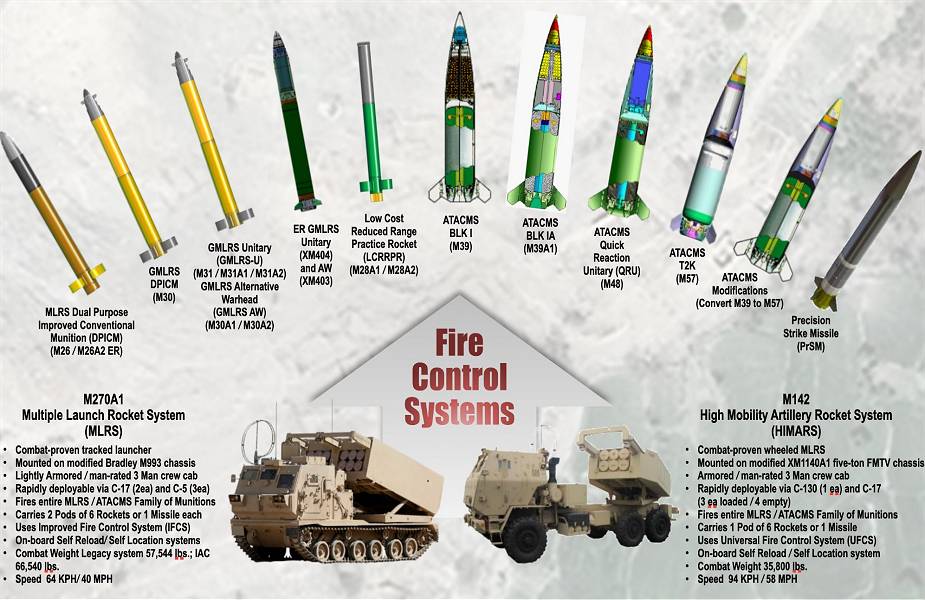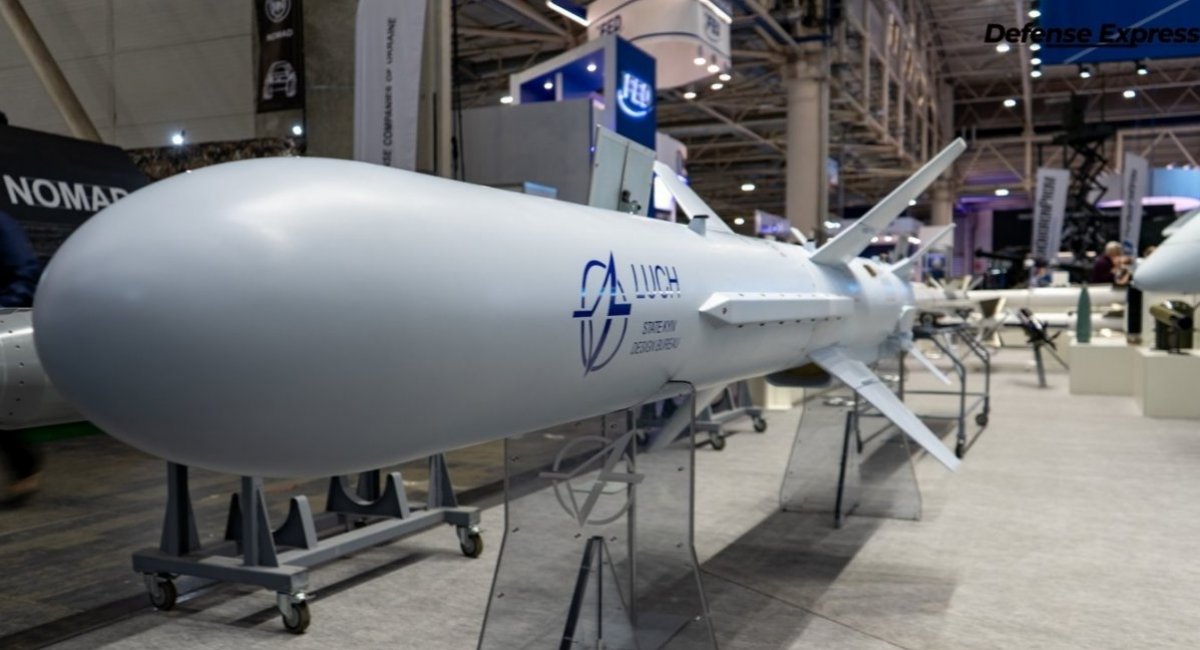
When the US gives Ukraine ATACMS, Neptune will be suitable for strikes on the Crimean bridge
What effect should we really expect when the White House finally announces the transfer of much-needed missiles to the Armed Forces?
There are more and more signals in the Western media that the White House is close to a decision to transfer ATACMS tactical ballistic missiles to Ukraine. Such missiles are still the most desirable weapon for our country that could be transferred by Western allies. There are high hopes for ATACMS to destroy the logistics system of the Russian army in the temporarily occupied territories.
However, the real effects of the possible transfer of ATACMS missiles to the Ukrainian Armed Forces may be even more unexpected in a positive way, for example, it may be possible to release a certain number of modernized Ukrainian Neptune missiles to strike military targets in Russia or directly at the Crimean Bridge, Long War Journal believes.

As the authors of the portal detail, the real effect of using ATACMS on the battlefield will directly depend on which modification of this missile the United States will provide for Ukraine.
For example, if the White House decides to provide the Ukrainian Armed Forces with M57 missiles with a unitary warhead weighing 227 kg and a range of up to 300 km, such weapons could indeed be used to strike the logistics system of the Russian occupation forces. Moreover, ATACMS, compared to Storm Shadow and SCALP-EG, seems to have a much higher level of survivability, as these ballistic missiles are launched from the Ukrainian Armed Forces’ existing M142 HIMARS and M270 mobile launchers.
If the United States provides Ukraine with ATACMS in the M39 version with a cluster warhead, such missiles will supposedly be able to perform the task of destroying Russian air defense. In any case, according to the authors of the Long War Journal, this is exactly the functionality for which the US Army used ATACMS during Operation Desert Storm in 1991 and Operation Iraqi Freedom in 2003.
However, regardless of which modification (or modifications) of ATACMS Ukraine may receive, the United States will have to perform one basic task before that – to “reflash” the software on the M142 HIMARS and M270 launchers so that these systems can launch such missiles (this function was allegedly “removed” before the transfer to the Ukrainian Armed Forces last summer).

At the same time, as the authors of the Long War Journal suggest, when the Armed Forces do have a full-fledged ability to use ATACMS to strike at the racists, this will allow us to “redistribute” our existing missile arsenal in a certain way.
And thus, to “free up” a certain number of modernized Neptune missiles to strike ground targets in order to start hitting the same “Crimean Bridge” as a landmark object for the logistics of the Russian army with such missiles.


